The Invasion of the Toe of Italy's Boot, Beginning Sept. 3, 1943
Articles, Context from The Winnipeg Tribune, Sept. 10, 1943
News re "Salerno Slog, Sicily Parties, RCAF F/O J. Vasicek"
Photo Credit: The Winnipeg Tribune, published Sept. 10, 1943
As found at digital collections, University of Manitoba
Introduction:
From September 3 and September 10, 1943, Allied Forces (chiefly British, Canadian and American) invaded Italy in three significant locations - Reggio, beginning Sept. 3 (toe of the boot), Salerno, Sept. 9 (shin) and Taranto, Sept. 10 (heel) - and it would not end there.
Landings at Reggio (Operation Baytown) were substantial, relatively easy, and ongoing, but subsequently overshadowed by Operation Avalanche at Salerno, near Naples. British landings at Taranto received some media attention, initially, and future progress, though important, was generally folded into the daily news about Allied progress on various fronts, e.g., in the Pacific, on the Russian front, in Europe (as Allied bombing raids shook German strongholds), and in Italy, here, there and seemingly everywhere - south of Rome, a primary target for liberation - as beach heads solidified and expanded, not without great difficulty in some quarters, as we shall read today.
Most stories and photographs below are from The Winnipeg Tribune, and will be supplemented with accounts from Navy memoirs and other reliable sources.
* * * * *
The capital city of Rome, would not be liberated until June of 1944, just a day or two before Allied landings at Normandy. The Allied advance northward from Reggio, Salerno and Taranto must be measured in months, not weeks.
The landings at Taranto were made easily, and having possession of a significant navy base and port city allowed the Allies to proceed northward and capture other strategic centres in good time, e.g., Bari, Foggia (airfields, communication centres, etc.). Some news re battles around Naples and Salerno (shin of Italy) are also supplied in the article below:
The following oft-used map provides readers with a view of Taranto, Pizzo and Salerno, mentioned in above news article from The Trib:
Map as found in Eclipse by Alan Moorehead
As found in St. Nazaire to Singapore, page 199
Written by David J. Lewis (RCNVR, Comb. Ops)
Lewis begins and ends his passage with descriptive phrases as found in Combined Operations by Londoner Clayton Marks. Earlier on page 199, Lewis encourages readers to "see LT (E) Beecher's Diary" related to "the 55th Flotilla on board (HMS) Otranto" (that had) "remained in Algiers (during early September and invasion of Italy) and prepared for the landings at Salerno."
Keith Beecher's diary can be found on pages 147 - 155 of St. Nazaire to Singapore, Vol. 1 and entries related to the invasion of Salerno were written from Sept. 18 - 23, 1943:
Written while Beecher was on a troopship ("5,000 troops aboard"; U.K., U.S.)
"Lying in Oran Harbour" Diary, page 153
Beecher's Diary, pages 153 - 154
I encourage readers to visit the link provided to view other stories written by RCNVR and Combined Ops veterans in Volume 1 of St. Nazaire to Singapore.
And now, back the The Winnipeg Tribune:
A familiar Canadian war correspondent reports on celebrations taking place on the island of Sicily - e.g., south of Messina "in villages all along the east coast highway" - after news of Italy's surrender was heard:
And I say, "So were many Canadian sailors, including my father, thanks to cheap and readily-available vino near their accommodation (a house with lovely tiled-floors but no roof in Messina)."
My father's account has already been posted at this link. It begins as follows:
And a good report about Italian residents in the mood to celebrate the invasion of the toe of the boot (beginning September 3rd, 1943) has also been presented on this site. See the lengthy article by Paul Kern Lee at this link. The first of five clippings is presented below:
Another Canadian war correspondent had the following to report about celebrations "somewhere in Sicily":
You've heard of "pin-up girls"?
Anyone thinking that the war would be over soon after the collapse of Italy had another think coming. Klieforth's warning was true about the whole war, as well as about the tough slog in Italy that had merely just begun:
Four years of war are over, the fifth is underway:
North American war production is growing rapidly, and air power (and other facets re its importance, e.g., excellent reconnaissance*, is more in the news:
*re excellent reconnaissance - stay tuned for a Canadian first, after the next 2 clips.
And now, a "Canadian first" re excellent reconnaissance:
What is not reported in The Winnipeg Tribune but is mentioned in The Montreal Star one day earlier (on the actual day of the pilot's sighting), is something quite significant in my opinion. The Star's account follows, along with a clearer version from the collection of Charles Vasicek (the pilot's younger brother), now over 90-years of age:
The second paragraph reveals details of the "Canadian first". F/O John Vasicek "brought back the first eyewitness account of the Allied landings (at Salerno, near Naples)."
I am happy to have the version from The Montreal Star, as it is longer, with very good descriptive sentences about the Allied forces at sea. I am also happy to share the cleaner copy from Charles Vasicek, Chatham, Ontario; it is likely from a Chatham or Chatham-area newspaper, e.g., Blenheim.
The photos immediately above and below include copies of pages from F/O Vasicek's flight log.
I include the following photographs from the collection of Charles Vasicek, with gratitude:
More details about F/O J. A. Vasicek (flight log, military records, details re his untimely death during WWII) can be found on my website - Editor's Research: FO John Anthony Vasicek RCAF
Recently, a neighbour provided me with some very rare photographs of airplanes that were built and used during WWII, and one photograph pertained to a Spitfire (which made me think of presenting the photos with this post), while others pertained to Mosquito bombers which have also been mentioned in this series of posts re Operation Baytown, September, 1943.
My neighbour's grandfather, Walter William Lester, had the photos in his possession for many years, and is linked to the various aircraft through his work in the aircraft industry during the early 1940s. Lovers of aircraft will note that the photos are in very good condition, possess high resolution and provide a rare glimpse of airplanes at various stages of development.
As well, two documents included with the 1940s photos share, in my opinion, unique and interesting personal information about Mr. Lester, St. Thomas, Ontario.
1. Medical Certificate: One door closes, another door opens!
Readers may know that I have stated a few times that there were no small roles to fill during World War II. Many roles were widely, even wildly different from others, but essential in their own right.
Please note: Mr. Lester's certificate was signed September 1, 1943, i.e., the time period re Operation Baytown. His intention was to be involved in wartime activity, to be involved in some way, and he eventually found his niche:
Note the red stamp: No. 1 District Depot, London, Ontario - Wolseley Barracks
2. Employee Certificate: Mr. Lester worked at Central Aircraft Limited, London
3. Photographs of Aircraft: Dates associated with some of the planes could mean that, though he was unable to enlist and join Canadian troops overseas, e.g., during Operation Baytown, beginning Sept. 3, 1943, his efforts provided important military assistance to those who were there:
Fleet Aircraft, a U.S. company with a subsidiary production line in Fort Erie, Ontario, seems to have had a London connection as well... perhaps. Read more about Fleet's London connection here.
More to follow from The Winnipeg Tribune.
The rare photographs give us a good look at planes assembled here in Canada, flown overseas by Canadian pilots (women had the opportunity in the later years of the war), and used in several capacities in several significant operations.
Thanks, Neighbour!!
Comments and questions can be directed to Gord Harrison, Editor in Chief, @ gordh7700@gmail.com
For more information, please link to Editor's Research: Operation Baytown (Italy WWII) (9)
Unattributed Photos GH



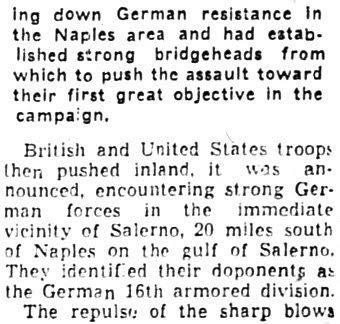







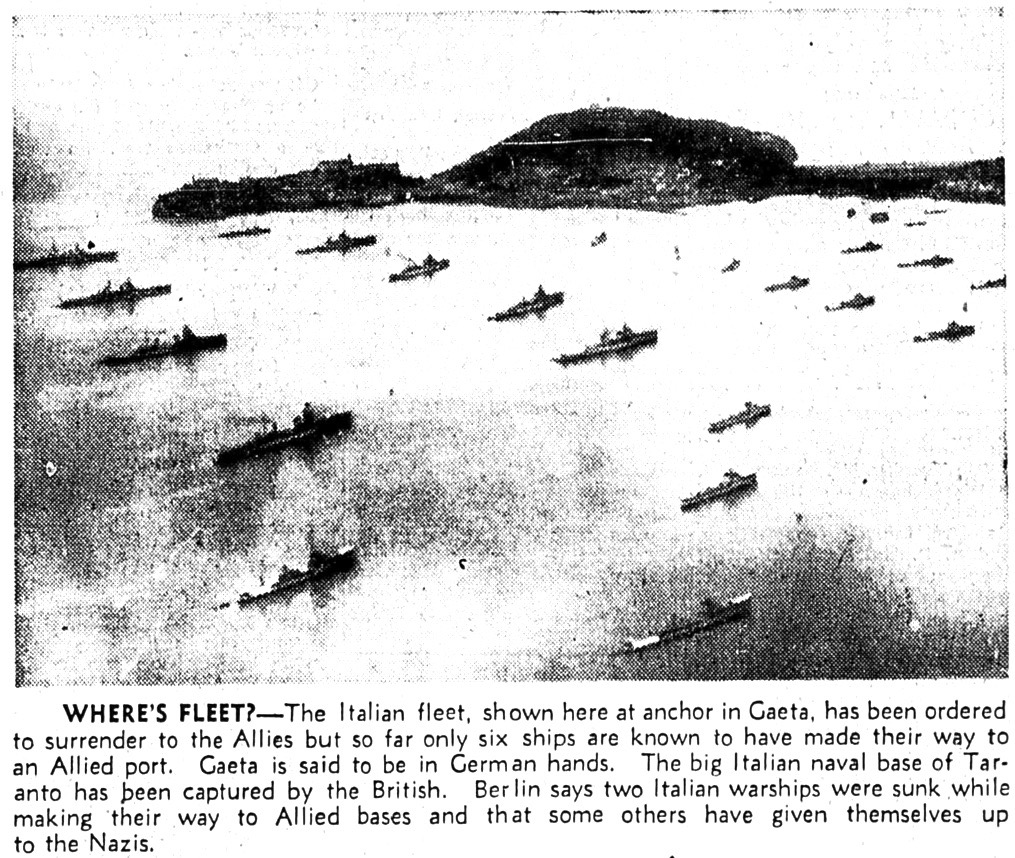















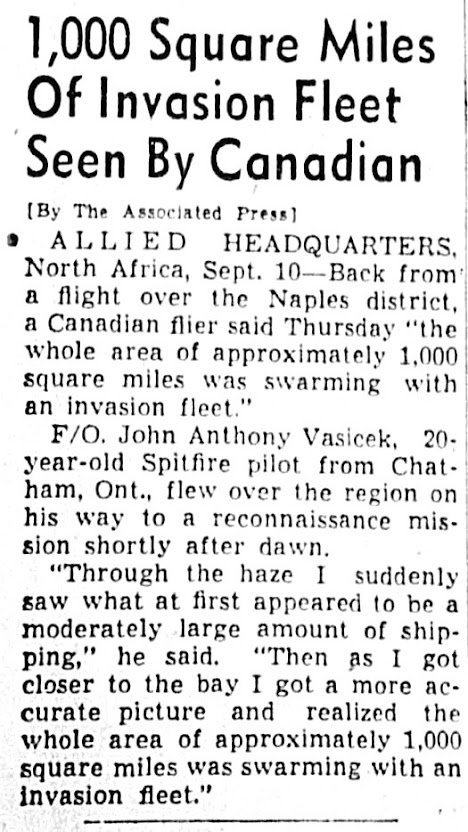










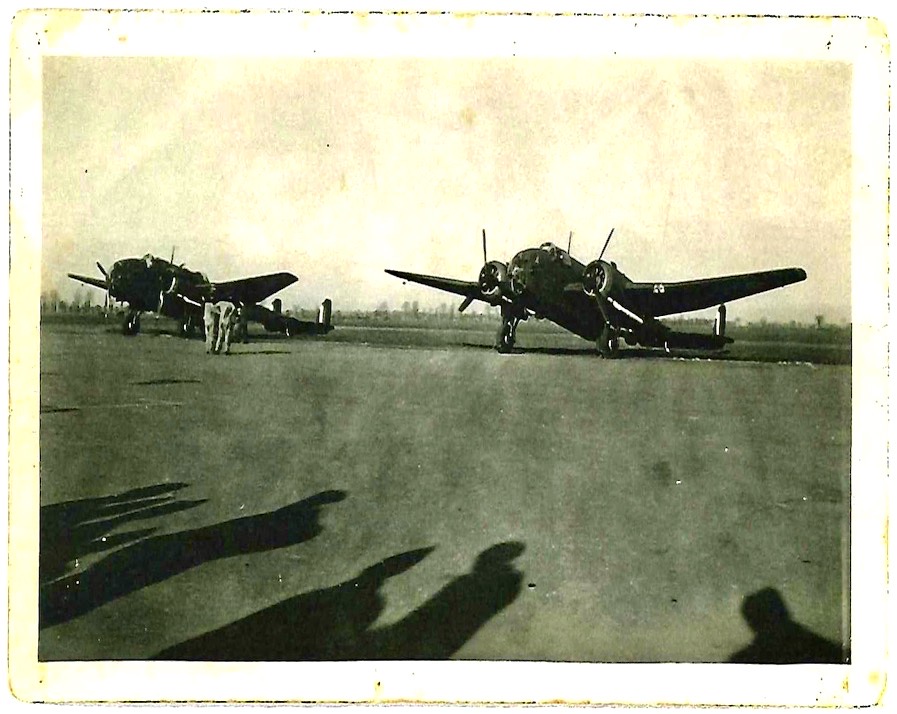

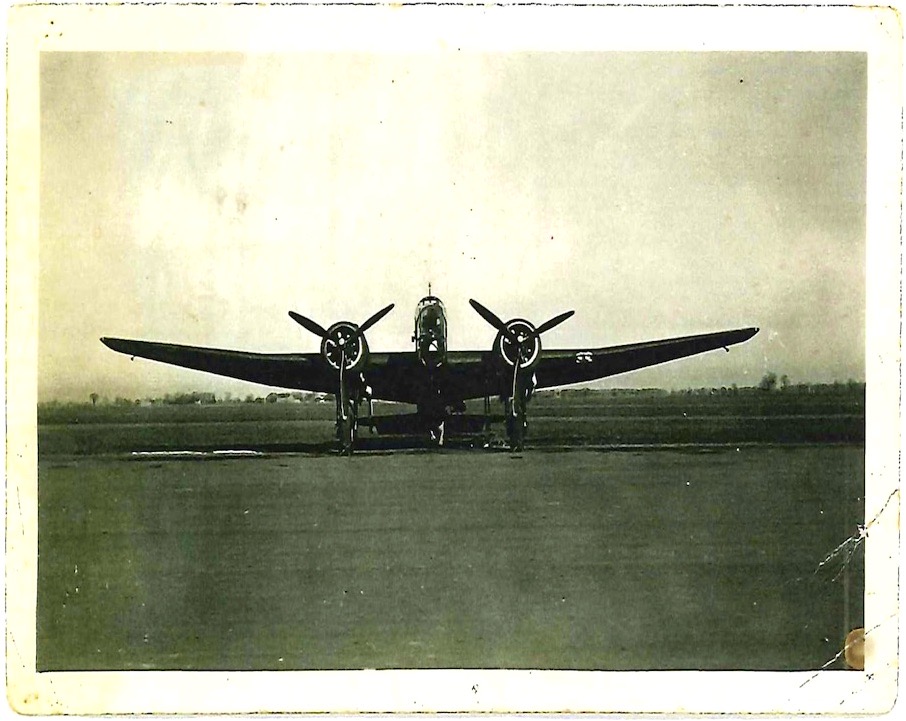



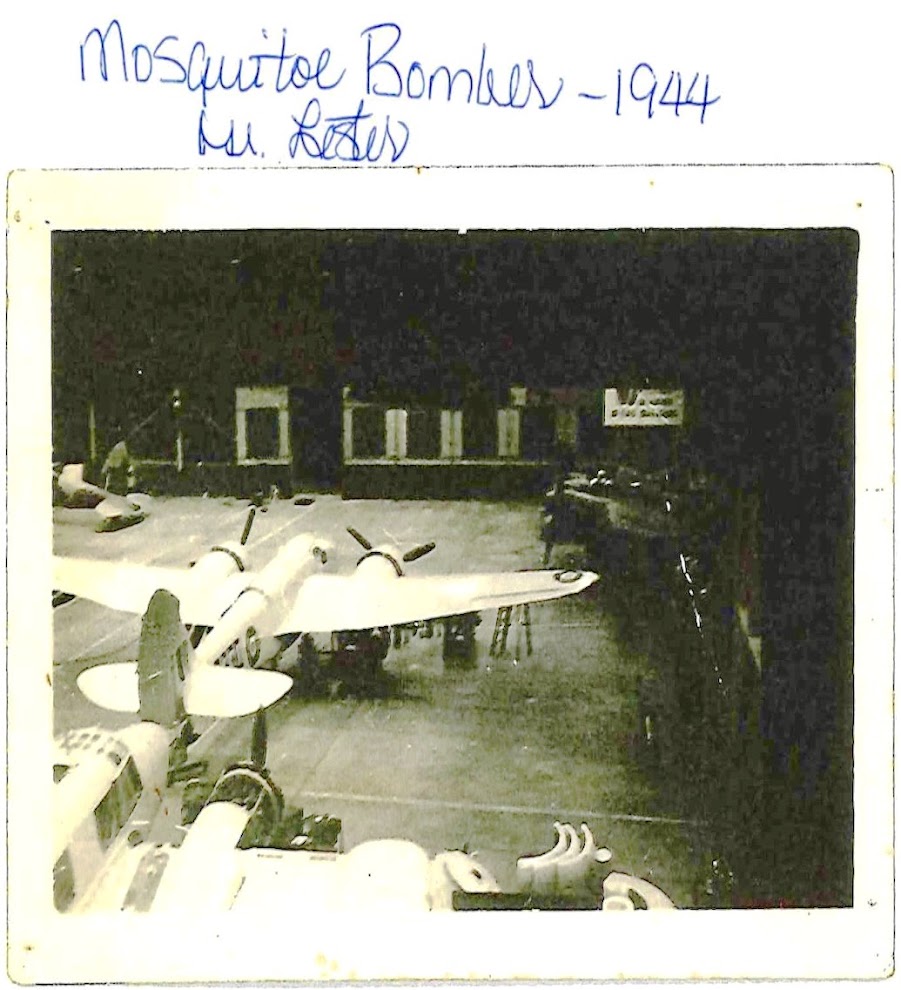






No comments:
Post a Comment